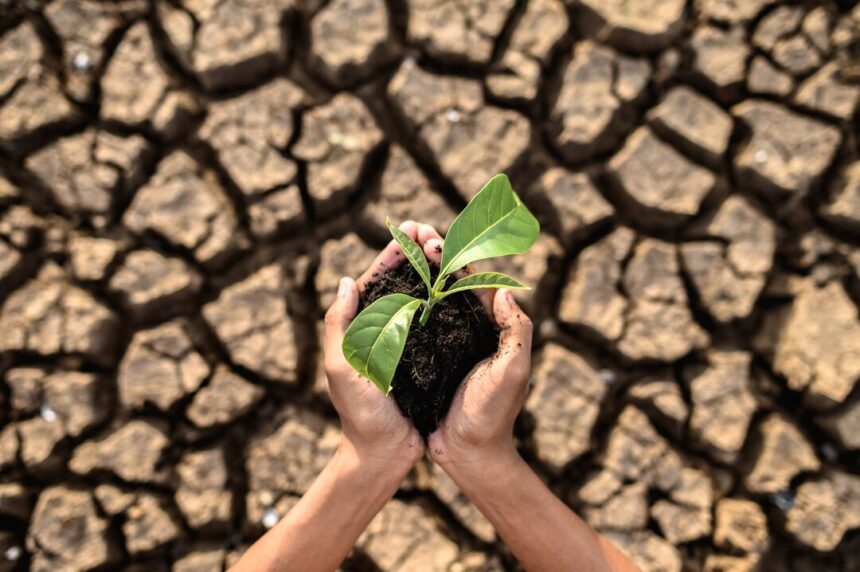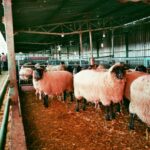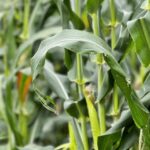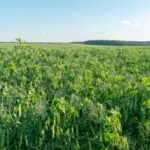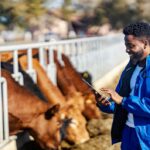Droughts are a recurring challenge for South African farmers, often leading to significant financial losses and reduced agricultural productivity. With climate change increasing the frequency and severity of droughts, proper preparation is essential. However, many farmers make avoidable mistakes that leave them vulnerable during these periods. Here are ten common mistakes farmers make in preparing for droughts and how to avoid them.
1. Delaying Drought Preparedness
One of the biggest mistakes is waiting until a drought is already underway to start taking action. By then, water sources are strained, and options are limited.
Solution: Start planning for drought during normal rainfall seasons. Develop a drought preparedness plan that includes water storage, soil management, and crop selection strategies.
2. Over-Reliance on Rainwater
Many farmers depend solely on rainfall to irrigate their crops and water their livestock. During a drought, this reliance can be disastrous.
Solution: Invest in alternative water sources such as boreholes, dams, and rainwater harvesting systems. Diversify your water supply to reduce reliance on unpredictable rainfall.
3. Neglecting Soil Health
Poor soil management reduces the land’s ability to retain moisture, making crops more vulnerable to drought stress.
Solution: Improve soil health by incorporating organic matter, practicing conservation tillage, and using cover crops. Healthy soil retains more water, helping crops survive longer during dry periods.
4. Failing to Store Water Effectively
Many farms lack adequate water storage facilities, resulting in wasted water during rainy seasons.
Solution: Build or upgrade water storage systems, such as tanks and reservoirs. Use technologies like lined dams to minimize seepage and ensure water availability during droughts.
5. Planting Water-Intensive Crops
Growing crops that require significant amounts of water can be a major liability during a drought.
Solution: Choose drought-resistant or low-water crops such as sorghum, millet, sunflowers, or certain indigenous vegetables. Rotate these crops with water-intensive ones to balance water use.
6. Ignoring Livestock Management
Failing to prepare adequately for livestock during droughts can lead to malnourishment or herd losses.
Solution: Reduce herd sizes during drought-prone seasons, and stockpile feed such as hay or silage. Establish grazing rotations to preserve vegetation and prevent overgrazing.
7. Mismanaging Irrigation Systems
Outdated or inefficient irrigation systems can waste water and fail to meet crop needs during droughts.
Solution: Upgrade to water-efficient irrigation systems, such as drip irrigation or precision sprinklers. Regularly check for leaks and ensure irrigation schedules are optimized for water conservation.
8. Overlooking Financial Planning
Many farmers fail to account for the financial impact of a drought, leaving them unprepared for reduced incomes or increased costs.
Solution: Create a financial buffer by saving during good seasons or taking out insurance to protect against drought-related losses. Explore government drought relief programs and grants available to South African farmers.
9. Failing to Monitor Weather and Climate Trends
Ignoring weather forecasts and climate data can leave farmers blindsided by an impending drought.
Solution: Stay informed by subscribing to reliable weather and climate updates from sources like the South African Weather Service. Use this information to adjust planting schedules, water usage, and livestock management plans.
10. Underestimating the Importance of Collaboration
Attempting to face drought challenges alone can lead to missed opportunities for resource sharing and learning.
Solution: Join local farmer associations or cooperatives to share resources and strategies. Collaborate with neighboring farmers on water storage projects, bulk feed purchases, or lobbying for government assistance.
Practical Steps to Prepare for Droughts
- Create Water-Efficient Systems: Install greywater recycling systems to reuse water for irrigation.
- Adopt Conservation Agriculture: Practice crop rotation, intercropping, and minimum tillage to conserve soil moisture.
- Develop Emergency Plans: Have a step-by-step plan for managing resources during severe drought, including water rationing and livestock reduction strategies.
Preparing for droughts requires foresight, investment, and proactive planning. For South African farmers, avoiding these common mistakes can significantly reduce the impact of drought on crops, livestock, and overall farm operations.
By focusing on water conservation, soil health, financial resilience, and collaboration, farmers can build a sustainable strategy to weather droughts and protect their livelihoods.
Join 'Farmers Mag' WhatsApp Channel
Get the latest Farming news and tips delivered straight to your WhatsApp
CLICK HERE TO JOIN
